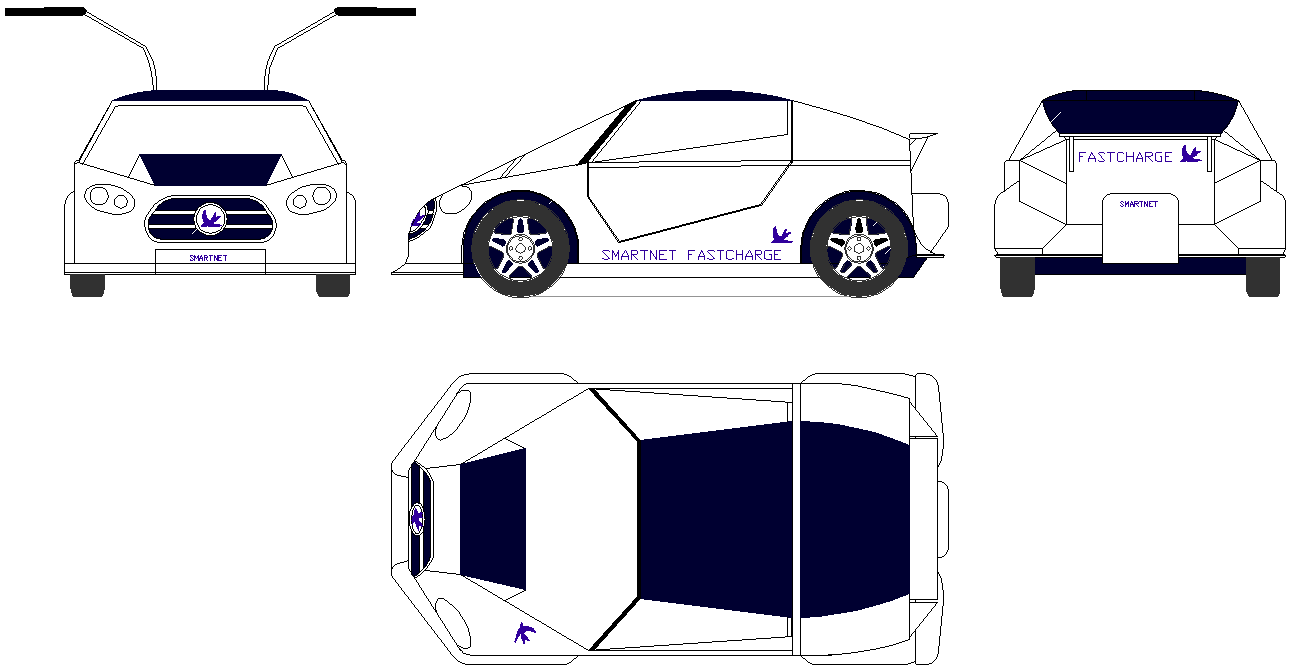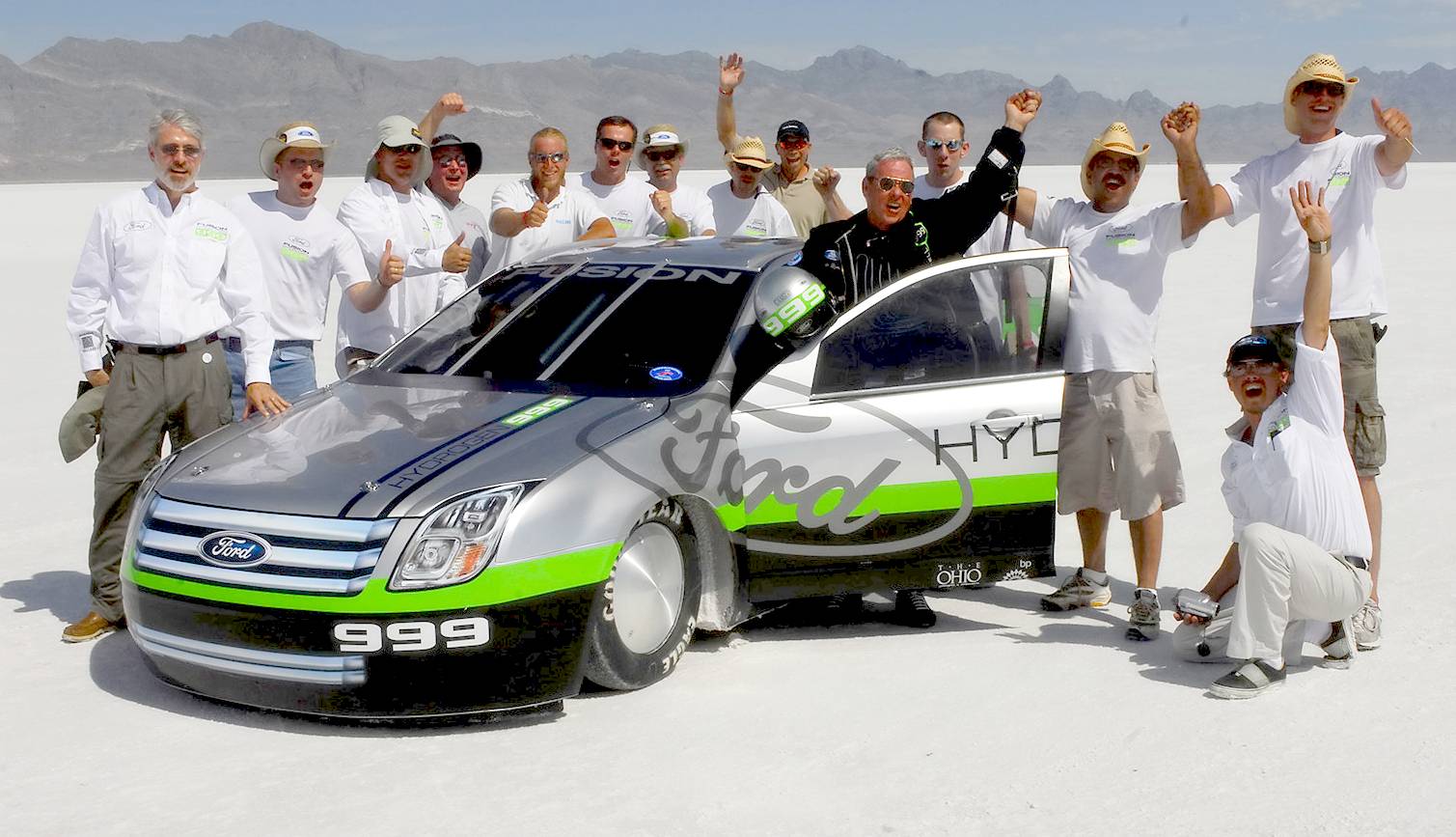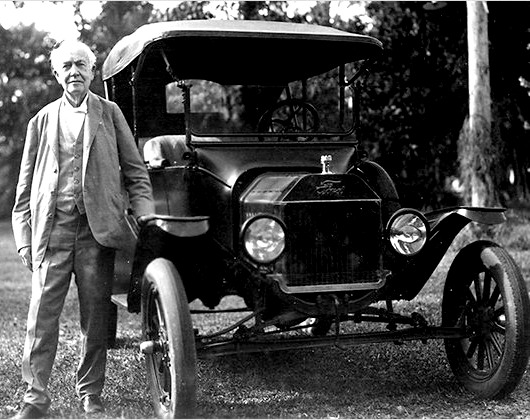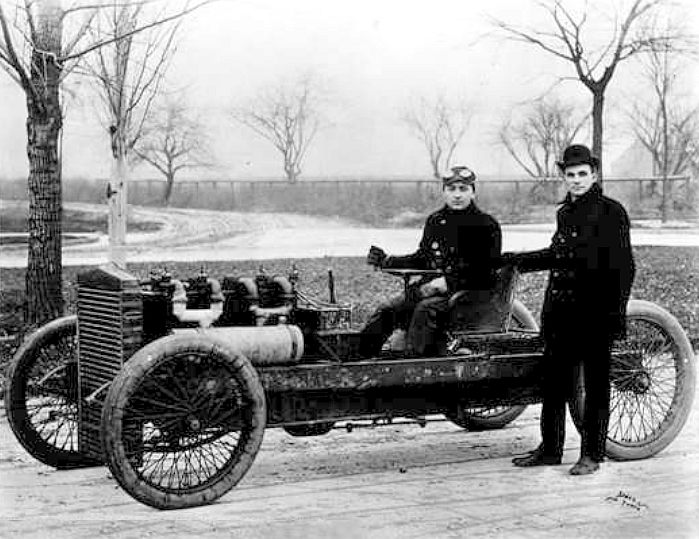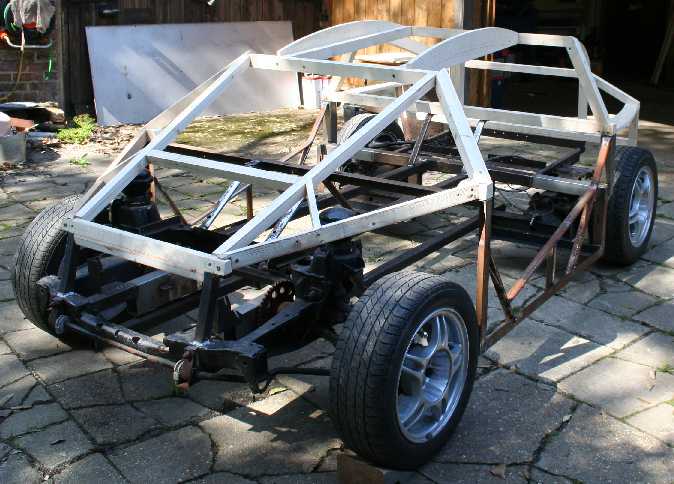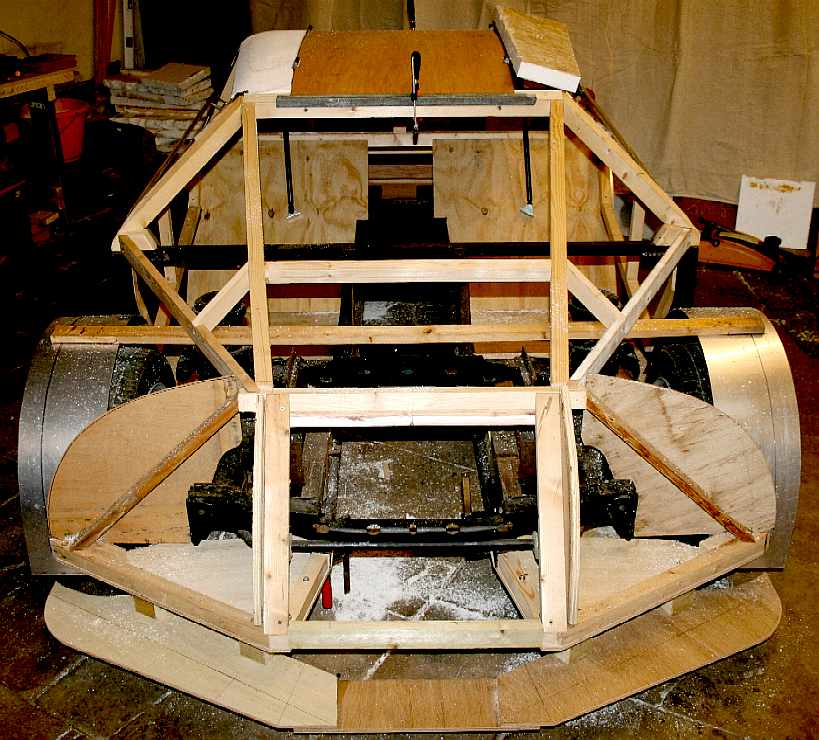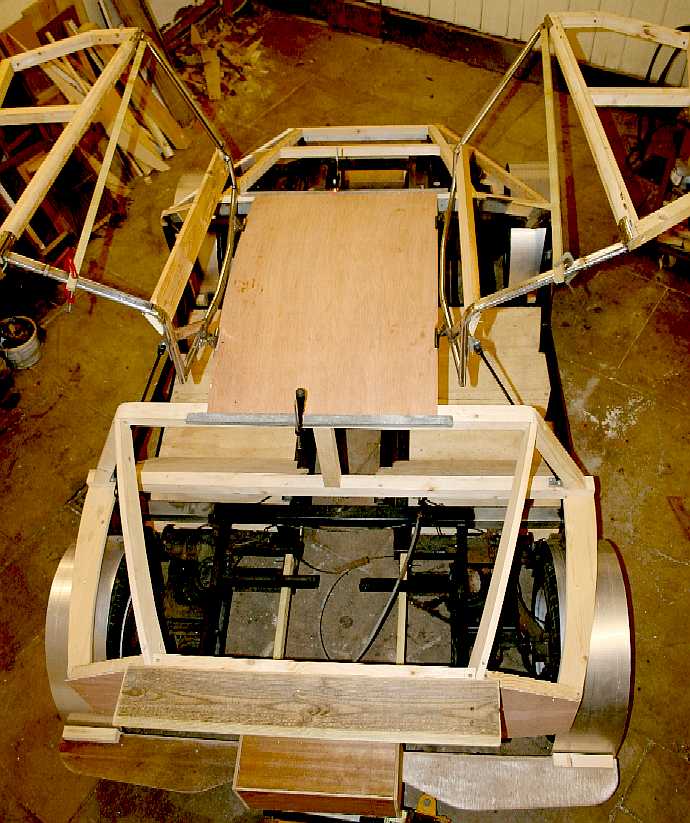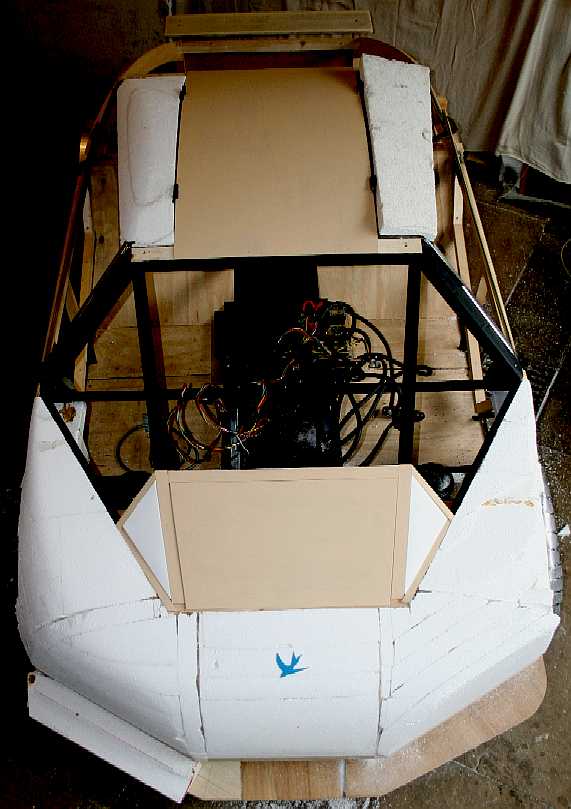|
THE 'SAXON BULLET'
Please use our A-Z INDEX to navigate this site where page links may lead to other sites
|
|
|
SAXON BULLET - This was the starting point for the Saxon-Bullet land speed record project. The car will use a 'Highlander' hydrogen battery as a cartridge that can be swapped in minutes for rapid smart refuelling - the idea being to promote zero carbon transportation with comprehensive EV infrastructure support.
In 2009 Ohio State University managed 303mph in a LSR streamliner called the Buckeye Bullet 2. In 2019 Hyundai claimed a record speed of 106mph for their hydrogen powered Nexo SUV.
The 'Saxon Bullet' team hope to make their city-size road car, the fastest hydrogen powered road vehicle in the world, eventually using liquid hydrogen, coupled to an advanced fuel cell stack to give a superior range in normal day to day use.
The team plans to develop the Saxon in staged work packages, to attract crowd funding support, with calls for fresh donations after completion of each work package. Sponsorship is also welcome in the form of materials and parts, as are technical contributions from academic institutions.
The speed record to beat was set in 2007 by Ford, with their 999 Fusion, a converted road car that set a land speed record of 207.279 mph.
To achieve this the 'Saxon' is to be equipped with four powerful wheel motors at each corner, giving direct drive. The car is very light, so does not need as much power as heavier vehicles to run the 3 to 5 miles needed to be timed through a flying mile in two directions within one hour.
These are the Land Speed Record rules set by the FIA and monitored by the Bonneville Salt Flats and Pendine Sands timing officials.
As the Saxon uses fuel cartridges, for any speed record attempt, a lighter cartridge may be used, carrying less fuel, during trials - with exchanges at each end of the course.
Though, the object of the project is to demonstrate, that pro-rata, using hydrogen batteries, long haul trucks may finally have the range they need to deliver our goods. Plus energy exchanges of just a couple of minutes.
FORD PRESS RELEASE - FORD SETS LAND SPEED RECORD WITH FORD FUSION HYDROGEN 999 FUEL CELL RACECAR
The Ford Fusion Hydrogen 999 is Ford's latest environmental innovation, another step on the road toward commercially viable hydrogen fuel cell vehicles.
The car was designed and built by Ford engineers in collaboration with Ohio State University, Ballard Power Systems and Roush.
WENDOVER,
Utah, August 16 - Ford Motor Company today became the world's first
automaker to set a land speed record for a production-based fuel cell
powered car. The Ford Fusion Hydrogren 999 fuel cell car raced to 207.297
mph at the Bonneville Salt Flats in Wendover, Utah to set the record.
HENRY FORD - The Model T is famous as the first mass produced car, that many people could afford. It is arguably the first people's car. The next people's car was the Volkswagen Beetle and after that the Austin Mini. Though the Citroen 2CV and many other lesser volume produced cars should get a mention.
What is not so well known is that Henry set a land speed record on January the 4th 1912, Henry Ford set a land speed record on ice at 91.37 mph on the frozen surface of Michiganís Lake St. Clair. He was driving a four-wheel vehicle, dubbed the ď999,Ē with a wooden chassis and an upright steering wheel.
ABOUT SUSSEX
The name Sussex is derived from the Old English SūĢsēaxe (South Saxons). It is a historic county in South East England corresponding roughly in area to the ancient Kingdom of Sussex. It is bounded to the west by Hampshire, north by Surrey, northeast by Kent, south by the
English
Channel, and divided for many purposes into the counties of West and East Sussex.
The Saxon team members live in and around the Eastbourne area, with dedicated workshops in the sleepy village of Herstmonceux.
BODYWORK BUILD - Progress pictures of the bodywork being made for the Saxon Bullet. The foam used in the shaping process will be replaced with composite coachwork that could be GRP for normal road use or carbon fiber for land speed record trials.
ABOUT BULLETS
Bullets
are pointed at the front end and blunt at the rear, but they were round
balls of lead to begin with. A bullet is a projectile and the component of ammunition that is expelled from
a gun barrel during shooting. The term is from Middle French and originated as the diminutive of the word boulle (boullet), which means "small ball". Bullets are made of a variety of materials such as copper, lead, steel,
polymer and rubber. They are available either singly as in muzzle-loading and cap and ball firearms or as a component of paper or plastic casings, but much more commonly in the form of metallic cartridges.
ALL CHANGE 2030
We have relied on petrol (gasoline) and diesel vehicles for transporting people and goods, but they have proved damaging to the environment and human health, in part causing global warming and lung cancer.
The EU, G20 and United Nations, have between them set targets to stop the sales of new ICE powered vehicles. In the EU this is 2030. In the UK it is 2035.
In no small measure, recognition of the urgent need to do something to reverse climate change was due to the millions of schoolchildren who organized mass protests around the world - spurred on by the efforts of the remarkable Swiss striker Greta Thunberg.
TRANSPORT
If we want a practical solution within the next 10 years, hydrogen has many obstacles to overcome, where battery exchange recharging by swapping packs is already making headway in China and India, and is sure to become more popular as a way of instantly recharging EV's and also load levelling generation from solar and wind electricity.
One potential solution under development is a Dual Fuel service station where energy packs can include hydrogen as the storage medium. With such a system, instead of competing with batteries, hydrogen interests can work alongside battery concerns to build a comprehensive transport infrastructure.
Hydrogen powered vehicles are becoming more popular, especially buses in cities, where diesel particulates are choking the population. There is an abundance of clean wind and solar energy that can produce green hydrogen, something that at the moment is not happening.
Please use our A-Z INDEX to navigate this site
This website is provided on a free basis to promote zero emission transport in Europe and Internationally. Copyright © Climate Change Trust 2020. Solar Studios, BN271RF, United Kingdom.
|
